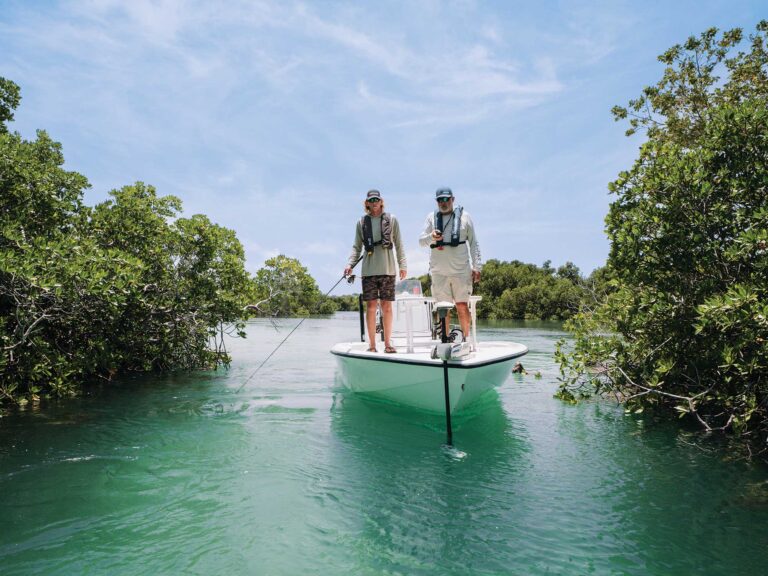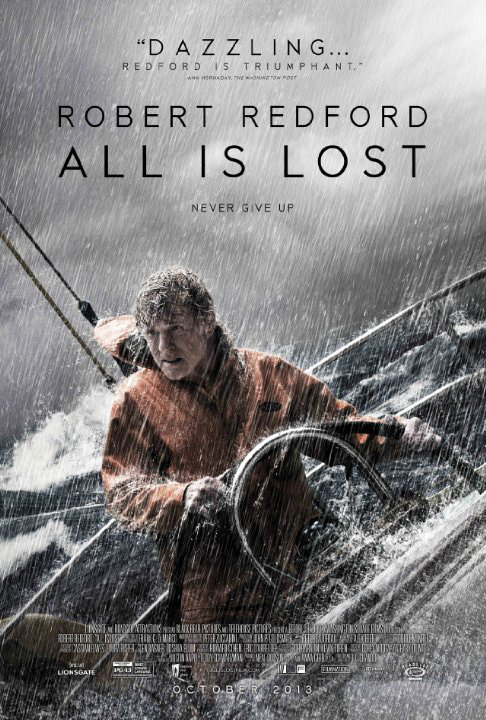
Safety Omissions
I recently watched All is Lost – a feature film released in 2013 starring the legendary Robert Redford in a challenging role. He’s the sole actor in the 106-minute film with little more than 10 lines in the whole movie. And most of those are in the first few minutes.
Set in the present day, it centers on a fictional solo cruise – ostensibly around the world –aboard a sailboat in the 30-foot range. We never learn the old, tired captain’s name or much of his background, other than his biggest regrets. We join him somewhere in the Indian Ocean. In realistic and frightening on-water cinematography, we experience the raw sensation of being adrift and in danger of sinking in the middle of nowhere. I found inspiring the captain’s composure, emotional strength and ingenuity in coping with catastrophe.
While much of the film felt genuine, as it concluded (I won’t spoil the ending) I was left wondering about the lack of up-to-date safety equipment, particularly emergency electronics that seem essential aboard any boat on an extended cruise — items that might have helped the captain better deal with his situation.
For example, he had only two VHF radios – a fixed-mount and handheld. If I’m on an extended cruise, you can bet I’d have at least two fixed-mount VHFs, as well as a handheld and a single-sideband radio.
Also, both VHFs get drenched and immediately disabled when salt water pours into the cabin after the boat strikes a floating cargo container and holes the starboard side amidships. While a dousing is never good for electronics, most of today’s VHF radios, such as the ICOM IC-M424 fixed-mount or IC-M24 handheld, are rated IPX7 – designed to withstand submersion to one meter for 30 minutes. Shame on the captain for not updating his VHFs with state-of-the-art, more water-resistant models. While that was not one of his regrets, it should have been.
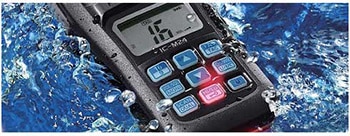
Besides having up-to-date VHF radios, I doubt that I would embark on a long cruise without satellite voice and data service and a handheld sat phone such as GPS-1700 from Globalstar. Yet, at no point did Redford pull out a sat phone nor any other type of satellite communicator. At the very least, I would have a personal satellite communicator such as the inReach SE from DeLorme with a service subscription.
Most glaringly, there was no EPIRB (Emergency Position Indicating Radio Beacon) that I saw on Redford’s boat. He certainly never deployed one. An EPIRB such as the ACR GlobalFix Pro automatically deploys and begins transmitting a distress signal and current GPS position. On a long cruise, an EPIRB is essential.
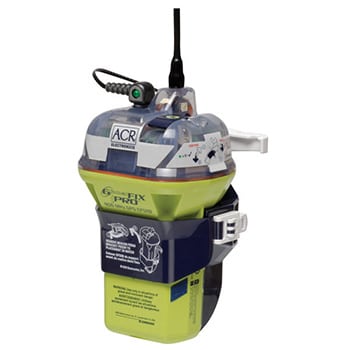
Finally, I must take issue with the fact that he allowed the boat to collide with a steel cargo container in the first place. He was below napping at the time with the boat traveling very slowly. The container was protruding well above the surface – enough that it would have shown on radar at least a half-mile away. A guard zone alarm on the radar would have awakened and alerted the captain to danger.
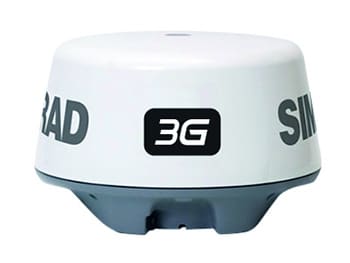
One could argue that a sailboat might not have sufficient reserve battery capacity to run a radar for long periods, but units such as the Simrad 3G Broadband Radar consumes relatively little power – about 1.4 amps at 12 volts. At that rate, you can afford to run your radar while you’re taking a nap, and probably sleep more peacefully as a result. Come to think of it, I don’t call seeing any radar at all aboard the boat.
Having said all this, I feel All is Lost is still worth seeing, if you haven’t already. Redford turns in a masterful performance, one that might not have been quite as dramatic had he equipped his boat with more and better emergency electronics.








